Understanding who your attendees are and what is important to them is essential for planning and hosting a great event. Pre and post event surveys are a great way to gather helpful qualitative and quantitative data to guide your event strategy. Pre-event surveys allow you to see who is attending the event, why they are interested in attending, and how you can prepare for their specific needs and accommodations. Post-event surveys gather feedback from your attendees after the event, revealing valuable data to help improve your next event.
A great event strategy begins with understanding as much about your audience as possible and then making the appropriate adjustments to best serve them. While some attendee dissatisfaction is expected, it’s important to use all constructive feedback, positive or negative, to better your next event. Surveys can serve as impactful tools for implementing your event plans in the most effective manner.
To launch successful pre and post-event surveys, you need to have a strong understanding of what to ask your attendees, when to ask them, and how to analyze their responses for future use.
Types of Event Survey Questions
Asking your attendees a variety of different questions helps you diversify your data and strengthen your insights. Below, we’ve outlined brief descriptions on the different types of survey questions you can use:
- Yes/No Questions – these questions are quick and easy, and allow you to collect information such as demographics or other basic information.
- Quantitative Questions – these questions provide a range of options to choose from, which will then be turned into a data point. These are often multiple choice or Likert Scale questions. Likert scale questions collect the attitudes and opinions of a responder, typically on a linear scale. For example, a common scale includes: strongly disagree, disagree, agree, somewhat agree, strongly agree.
- Qualitative Questions: these questions, also known as open-ended questions, allow the attendee to organically answer the query (usually within a word or character limit). Qualitative questions aim to discover things like feelings, personal experiences or stories, thoughts on a topic, etc. Each of these answers will be unique, and allows the user to put their experience into their own words. These types of questions are essential as they address topics that can’t be easily quantified.
Now that we’ve outlined the types of questions to include, let’s dive into pre-event surveys and take a look at how and why this helpful tool can make a big impact on your event planning efforts.
What is a Pre-Event Survey?
A pre-event survey is a set of specific questions designed to understand more about your future attendees. It can include questions about their interests, why they are attending the event, food preferences, any accessibility requests they may need at the event, and more.
The questions can cover a multitude of potential event topics, and you want to make their user experience as seamless and as pleasant as possible. It also helps your team discover if your target personas align with your event attendees.
All in all, the pre-event survey tells your attendees one very important thing: you care about them!
Why are Pre-Event Surveys Important?
Pre-event surveys are a great way to engage your attendees and get them excited for the upcoming event. Because they may have registered months in advance, this helps bring the event back to their attention. Most importantly, the pre-event survey gives you insights into the audience’s wants and needs so you can plan and implement strategies for optimal user experience.
If the right questions are asked, a survey is an invaluable tool. Here are 10 questions that you should ask before an event.
When Should You Send a Pre-Event Survey?
We recommend sending the pre-event survey two or three months before the event takes place. That way, you have time to follow up after the initial send, giving the attendees several changes to complete it. Once the results are in, it’s time to analyze them, gather insights, and prepare for any requested event accommodations. In addition to sending out your survey directly to attendees, have your survey posted on your site and link it to a form or separate landing page for your attendees to fill out voluntarily.
What is a Post-Event Survey?
A pre-event survey is used to provide the best possible user experience for an upcoming event, whereas a post-event survey helps to analyze the event’s success and gather useful data so you can improve your strategy for future events.
From the post event survey results, you should be able to clearly answer:
- How and why was the event successful?
- What went well?
- What needs to be improved/changed?
Why are Post-Event Surveys Important?
Post-event surveys are not just for gathering data for your next event, they’re also a great way to follow up with your attendees, sponsors, and event volunteers or team members. When sending the survey, make it clear that you value and appreciate their attendance, help, and feedback. Additionally, this data is valuable for measuring event KPI’s and revenue that is important for stakeholders. Finally, for those who had a positive experience, consider asking permission to use positive feedback as testimonials to share on your site.
When Should You Send a Post-Event Survey?
The post-event survey should be sent no later than 24 hours after the event. This quick turnaround ensures the event is still top of mind, allowing your attendees to accurately share their feelings about the experience. Have your surveys ready before the event begins, and send them out shortly after the event. For those who didn’t submit a post-event survey, follow up another 1-2 more times to give them several chances to give feedback.
What Do You Do With the Event Feedback You Receive?
Now that you have all of this raw data from both surveys, how do you best use it? The two easiest ways to analyze the data you have collected are through the use of survey analytics and Salesforce dashboards.
Both of these tools can be used to analyze the results of your surveys in a manner that promotes actionable change. A survey is only as strong as what you are able to do with the data you collect from the responses. Viewing the responses through data analysis tools like survey analytics or salesforce dashboards are two of the best ways to sift through and analyze data in a way that yields real, positive results.
Pre and post-event surveys are a great way to ensure that the user experience of your events are second to none, and Vario is here to help! Our dedication to user experience doesn’t just apply to your guests; it applies to you too.
Our team of industry experts at Vario is here to help you turn your event vision into a reality. We offer a holistic approach, from pre to post-event, that ensures your event is a successful one. With over 10 years of experience, we know what it takes to provide your attendees with the best experience possible. To receive the latest industry trends, strategies, and news, subscribe to our newsletter today or contact us to learn more about Vario.








